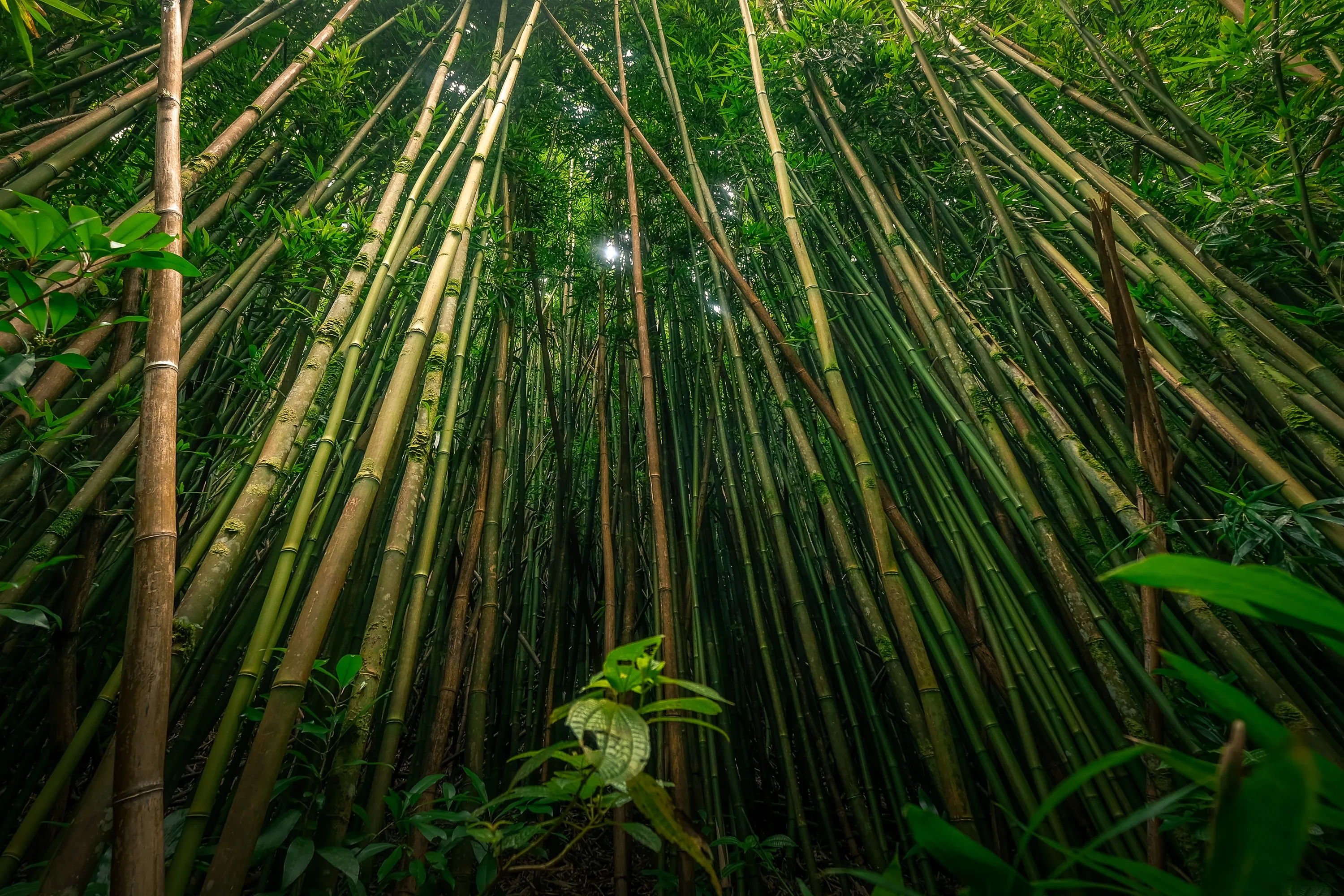Water Consumption in Toilet Paper Production
Water is a precious resource, and its efficient use is essential for sustainable production practices.
Unfortunately, the manufacturing process of traditional toilet paper involves substantial water consumption, which puts a strain on local water sources and contributes to water scarcity in many regions.
The production of wood pulp requires significant amounts of water for various stages, including fiber extraction, pulp washing, and papermaking.
This high water demand can have detrimental effects on aquatic ecosystems, deplete water supplies, and harm local communities that rely on these water sources.
Bamboo is known for its water efficiency, requiring significantly less water compared to the production of wood pulp. This means that by opting for Bambu Haven's toilet paper, you are making a conscious choice to conserve water resources and reduce your ecological footprint.

In contrast to traditional toilet paper production, Bambu Haven's bamboo toilet rolls are manufactured using a more water-efficient process.
Bamboo has a natural resilience and a unique fiber structure that allows for more efficient pulp production.
The production of bamboo pulp requires less water compared to wood pulp, resulting in reduced water consumption throughout the manufacturing process.
By choosing bamboo toilet paper, you are actively contributing to water conservation efforts. Additionally, Bambu Haven is committed to working with manufacturing partners who implement water management strategies and prioritize responsible water usage.
This includes technologies and practices that minimize water waste, optimize water recycling systems, and promote overall water efficiency.
By supporting Bambu Haven, you are making an environmentally conscious choice that helps conserve water resources and promotes sustainable production practices.

